Time loop plot lines in movies have become more and more popular in recent years. Audiences hace seen horror heroines living their death day on repeat, Joseph Gordon Levitt grappling with his conscience and his older Bruce Willis self, and even Marvel's Sorcerer Supreme creating a time loop to save the world. Once a niche plot device for sci-fi films, the time loop has crept its way into more and more mainstream offerings.
With that being said, where did the time loop trope come from in media? With roots in earlier literature than may be expected, how did time loops come to be portrayed in the motion picture? This article aims to answer those questions, and explore how the use of time loops has evolved since their first use.
Groundhog Day is obviously one of the best-known examples of time loops in film. Released in 1993, Bill Murray stars as a less-than-pleasant weatherman who is covering the annual Groundhog Day ceremony, surrounding a superstition where a small rodents' shadow and its visibility supposedly predict the weather for the coming spring. The loop comes when Murray's character wakes up the day after Groundhog Day, and it's still Groundhog Day. Now he's trapped reliving the same day, and has to work out what he can do differently in order to escape.
That was nearly 30 years ago, and it was by no means the first time a looping plot had been used in fiction. As early as 1922, the concept of a time loop appeared in literature in The Worm Ouroboros by E.R Eddison. In this book, at the end of a war, the victors choose to begin the battle again anew as they lament the loss of heroes and purpose. In film, the earliest example of a time loop appears to be the 1933 feature film Turn Back The Clock.
In the film, shop owner Joe is hit by a car after a drunkenly running into the street after a fight with his wife about money and investing. When he wakes up, he is a young man again, but he has retained all of his knowledge of the future. Joe goes about using his knowledge to change his fortune, marry a different woman for her wealth, and become a rich and successful man. Of course, it isn't quite that easy, and Joe comes to realize that maybe his life back in 1933 wasn't so bad after all.
This is a common theme and resolution in time loop plots. Characters often hold a belief that life would be better if they had done one thing different, or just have a general ungratefulness for their lot in life. This seems to be what often triggers the time loop to begin. More often than not, time loop films serve as morality tales, warning audiences to practice gratitude for what they have because the grass isn't always greener on the other side of the fence.
Time loops rose to further popularity through prevalence in Japanese pop culture. In 1965, Yasutaka Tsutsui released The Girl Who Leapt Through Time, a science fiction novel where a high school girl has to relive the same day over again to solve a lavender-scented time travel mystery. This story grew so popular that it has been adapted numerous times, in various media such as live action movies, TV series, full length anime, and a manga series.
The influence of The Girl Who Leapt Through Time on Japanese pop culture, especially the 1983 feature adaptation, was substantial. It became second highest grossing film of 1983, and time loops began to pop up in multiple anime and manga series following the movies' success. Higurashi When They Cry, Ghost In The Shell 2: Innocence, Stein's Gate and All You Need Is Kill are just a few examples of how Japanese pop culture has embraced the time loop. All You Need Is Kill was even further adapted by Hollywood into the Tom Cruise action thriller Edge Of Tomorrow.
Modern-day time loop movies have only gotten more popular, more impressive, and more strange. In Happy Death Day, the main protagonist Tree finds herself reliving her birthday again and again. Unfortunately, it's her last birthday — as in every scenario, Tree is brutally killed by a masked murderer. Blackly comic, packed with both wit and plenty of crazy kills, Happy Death Day is a slasher/sci-fi hybrid that was an unexpected hit, spawning a sequel called Happy Death Day 2U.
The popularity of the time loop plot doesn't seem to be waning any time soon. In fact, media featuring time loops has increased in the last few years, perhaps due in part to the pandemic and people being in lockdown, feeling like they themselves are stuck living the same day over and over. As with time itself, there are endless possibilities for time loop movies, the device can be applied to any genre and probably has been. The only question is, do audiences want to see it again — and what new takes can we expect in the future?

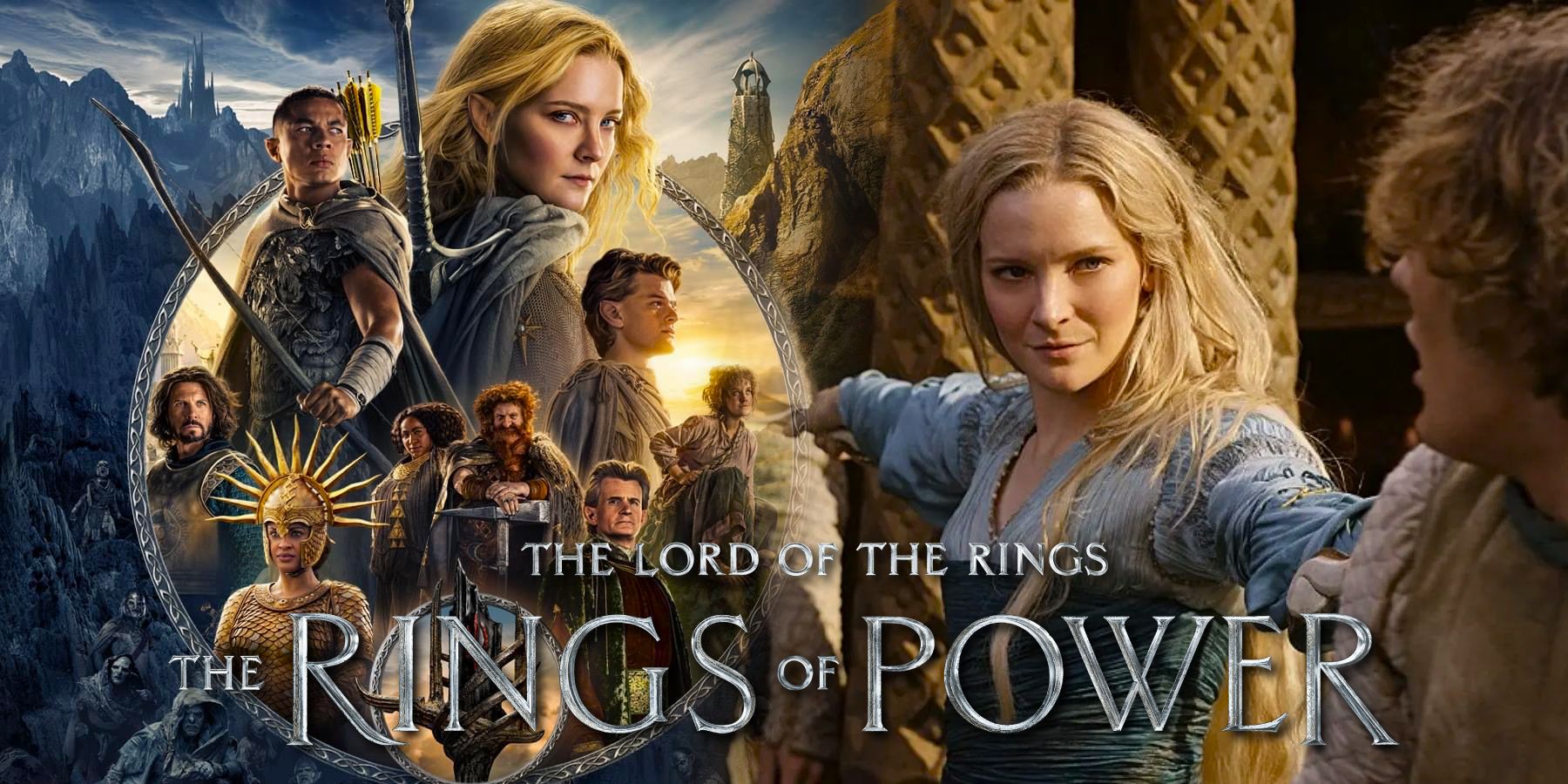
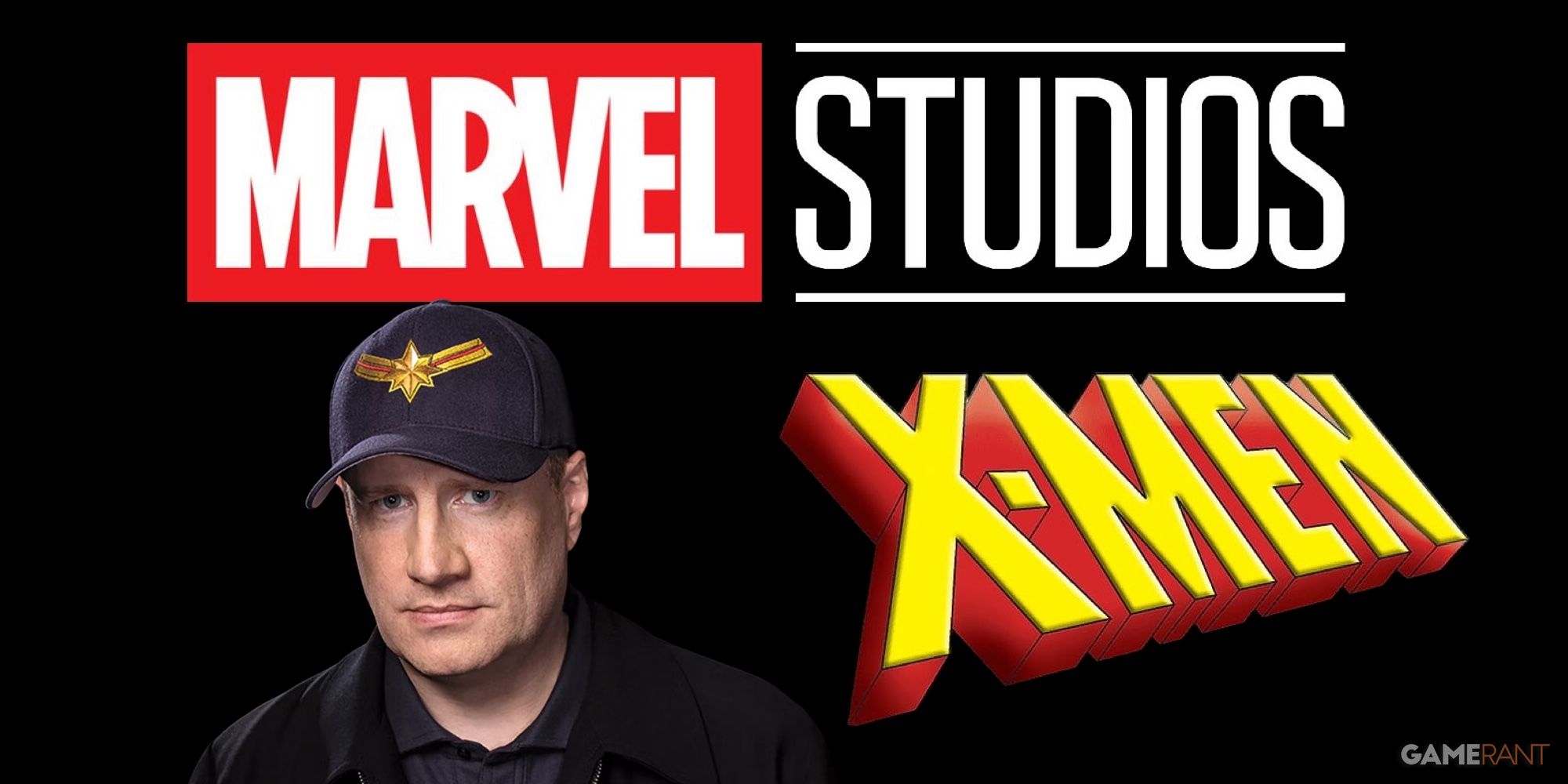
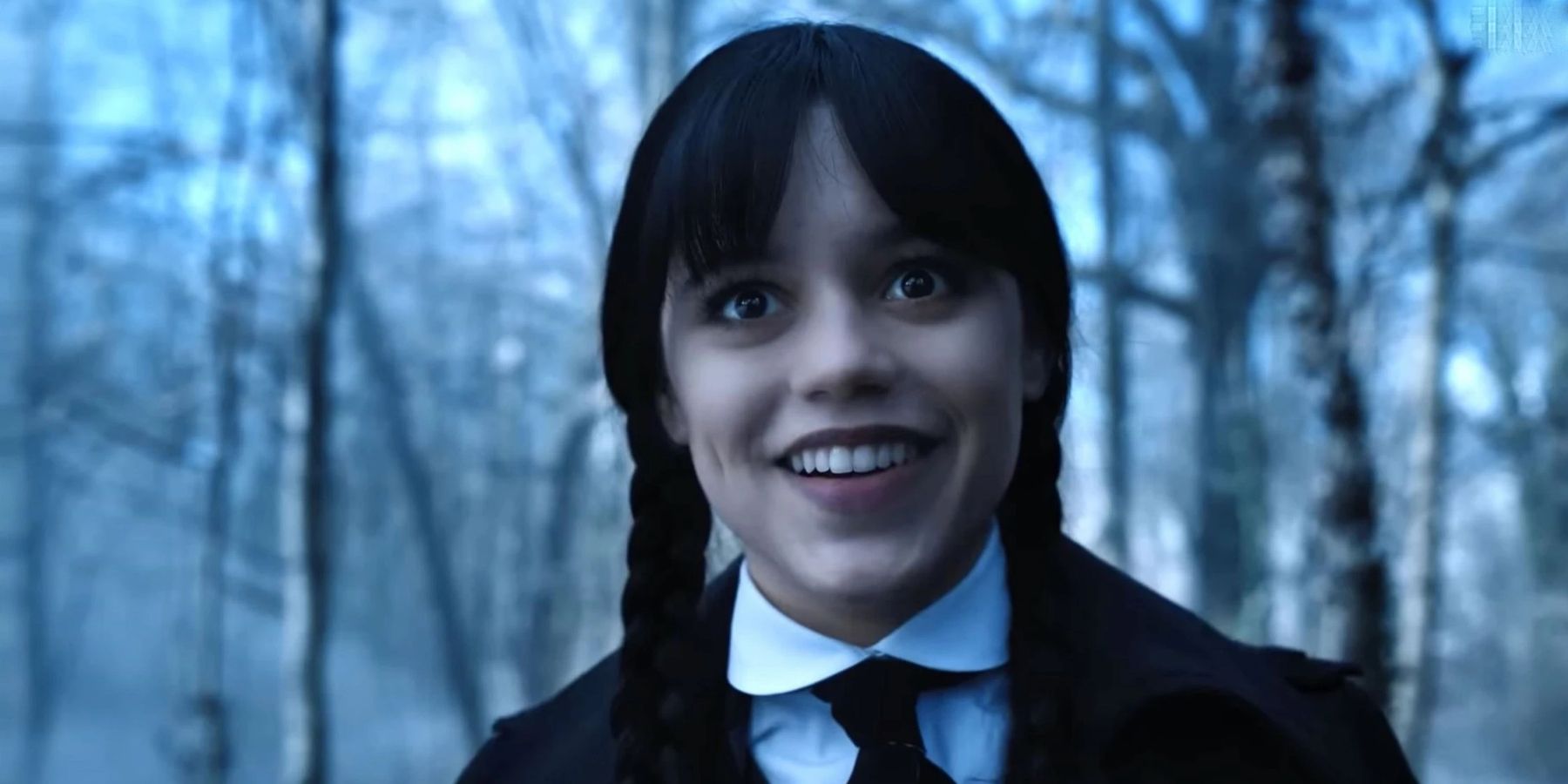
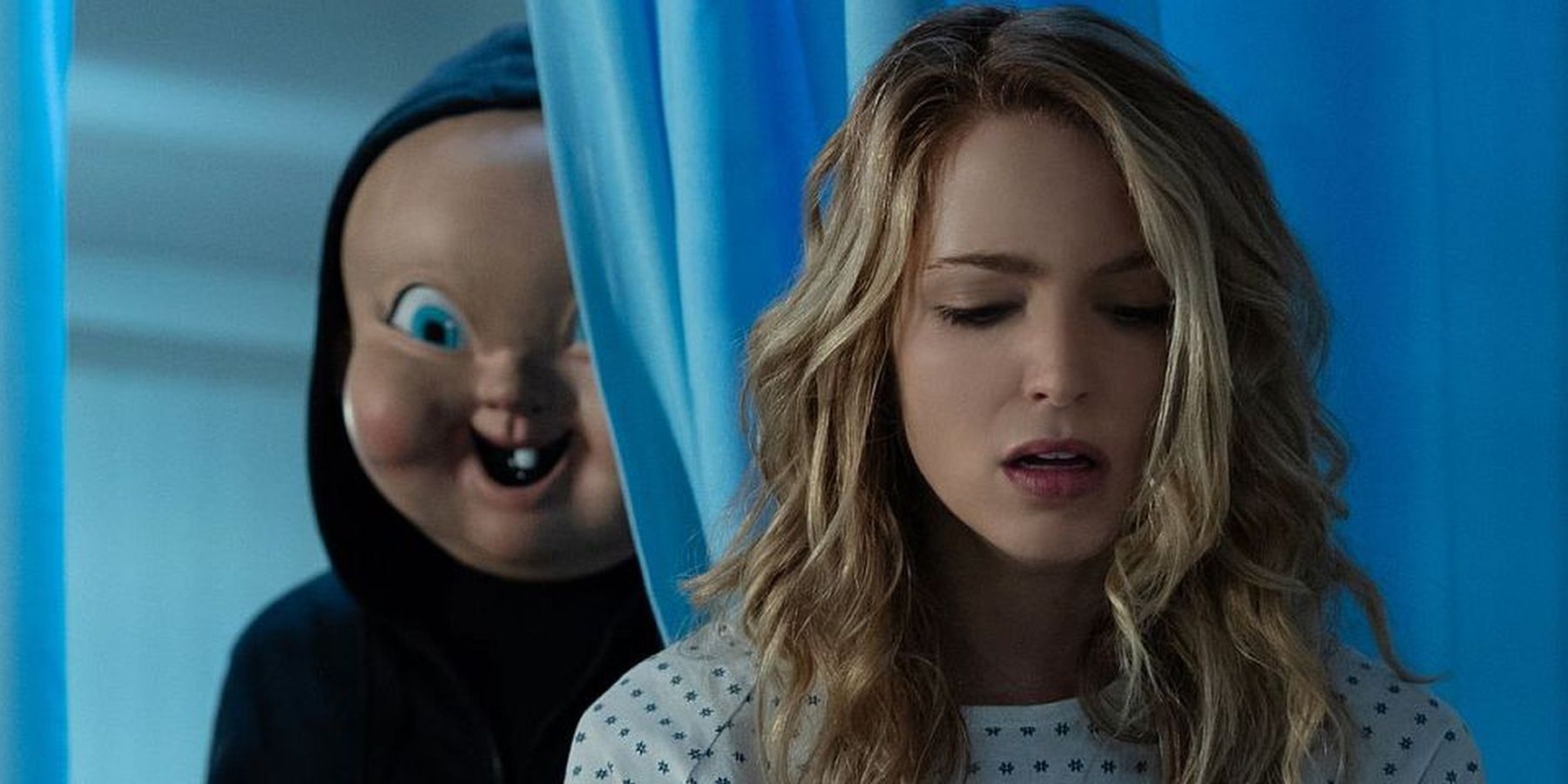
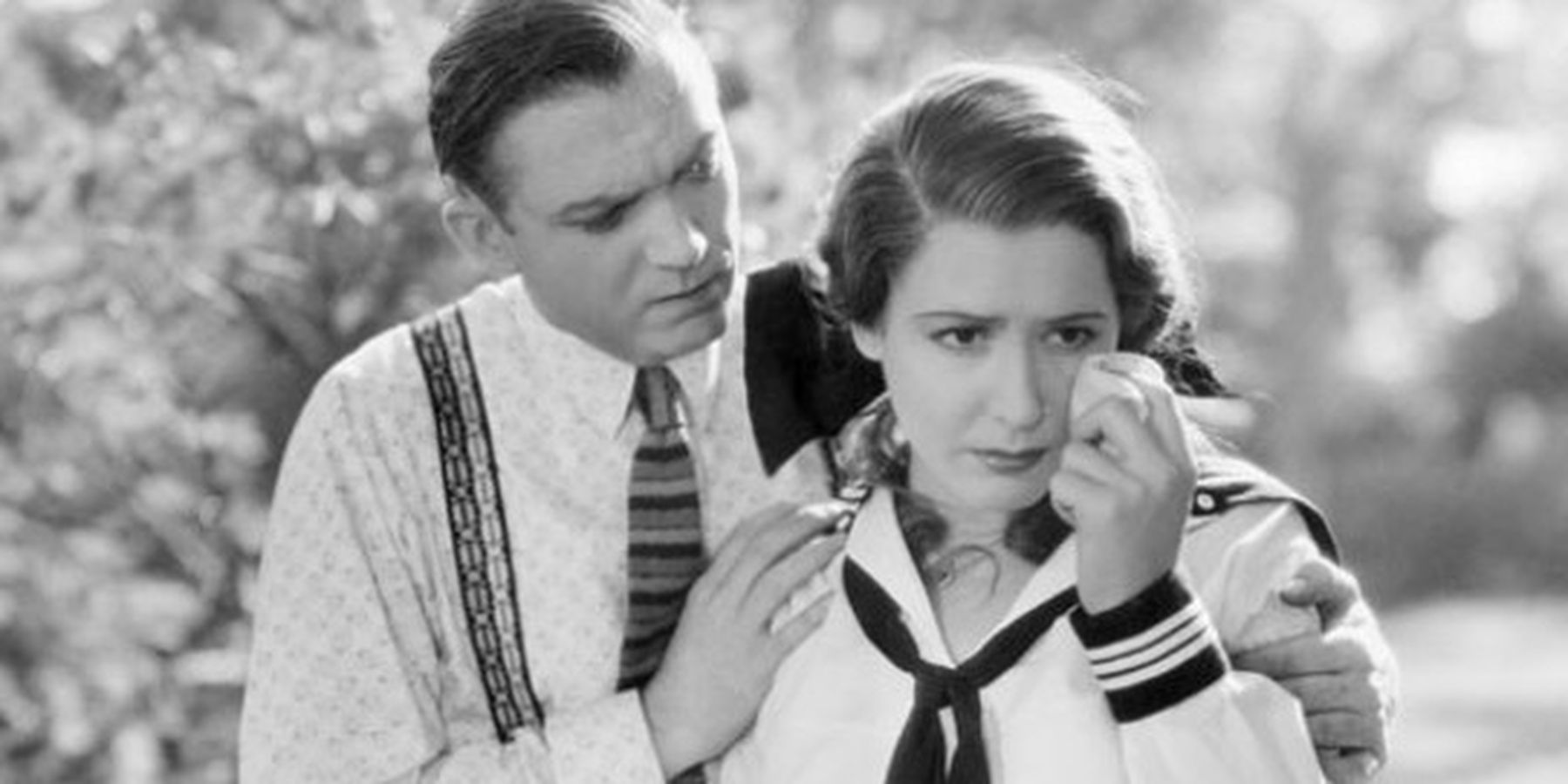
.jpg)
